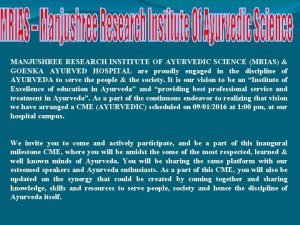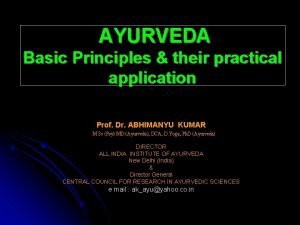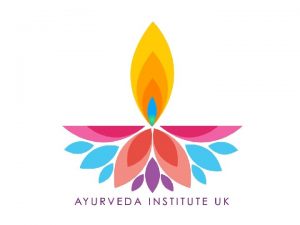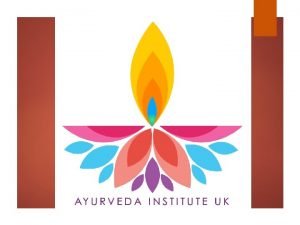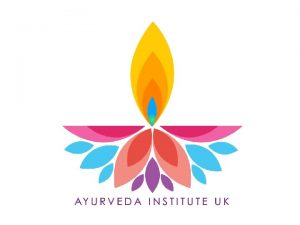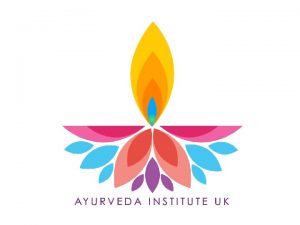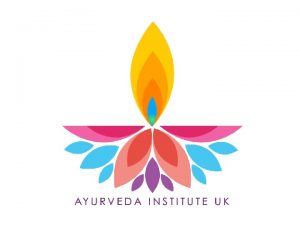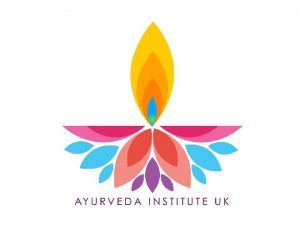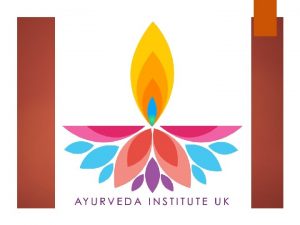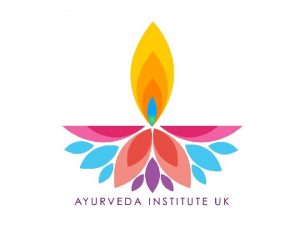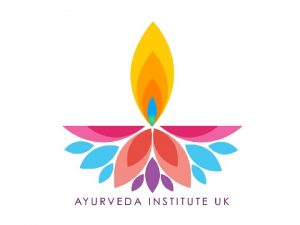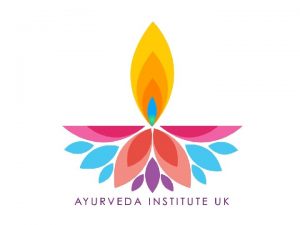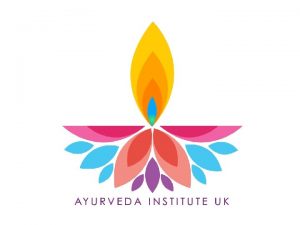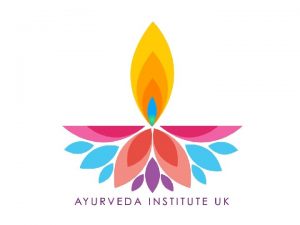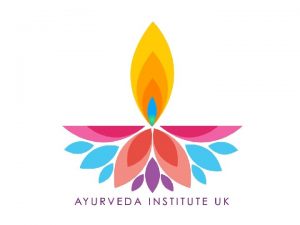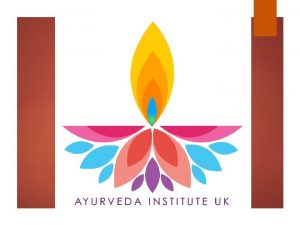DIPLOMA Ayurvedic Practitioners Course Module 08 4 th






![Upasaya Ślokāḥ in Correct Diacritics: “hetuvyādhiviparyastaviparyastārthakāriṇām auṣadhānnavihārāṇāmupayogaṃ sukhāvaham” (Mādhava-Nidāna [1. 8, 9] p. 4) Upasaya Ślokāḥ in Correct Diacritics: “hetuvyādhiviparyastaviparyastārthakāriṇām auṣadhānnavihārāṇāmupayogaṃ sukhāvaham” (Mādhava-Nidāna [1. 8, 9] p. 4)](https://slidetodoc.com/presentation_image_h2/b9e41c6b0060b2f4b6561d00f01f7e8d/image-7.jpg)









- Slides: 16


DIPLOMA Ayurvedic Practitioners Course Module 08 4 th & 5 th May 2019 2

Pancha Nidhana

Pancha Nidana Ślokāḥ in Correct Diacritics: “nidānaṃ pūrvarūpāṇi rūpāṇyupaśayastathā samprāptiśceti vijñānaṃ rogāṇāṃ pañcadhā smṛtam” (Mādhava-Nidāna [1. 4], p. 2) (A. H. III. 1. 2) Sjloka in English for Non Sanskritists: “ni-daa-nam poor-va-roo-paa-Ni roo-paah-Nyoo-pasha-yasta-thaa Sam-praap-tish-chay-ti vi-jyaa-nam roh-gaa-Naam pan-cha-dhaa smritam”

Purva rupa Ślokāḥ in Correct Diacritics: “utpitsurāmayo doṣaviśeṣeṇānadhiṣṭhitaḥ liṅgamavyaktamalpatvād vyādhīnāṃ tadyathāyatham” (Mādhava-Nidāna [1. 5 d, 6] p. 3) (A. H. III. 1. 3/4, 4) Sjloka in English for Non Sanskritists: “oot-pit-soo-raa-ma-yoh doh-Sha-vi-shay-Shay-Naa-na-dhi-Sh. Thi-tah lin-gam-avyak-tam-alpat-vaad vyaa-dhee-naam tad-ya-thaa-ya-tham”

Rupa Ślokāḥ in Correct Diacritics: “tadeva vyaktatāṃ yātaṃ rūpamityabhidhīyate saṃsthānaṃ vyañjanaṃ liṅgaṃ lakṣaṇaṃ cihnamākṛtiḥ” (Mādhava-Nidāna [1. 7] p. 3) (A. H. III. 1. 5) Sjloka in English for Non Sanskritists: ta-day-va vyak-ta-taam yaa-tam roo-pam-itya-bhi-dhee-ya-tay sam-sthaa-nam vyan-ja-nam ling-am lak-Sha-Nam cih-nam-aa-kri-tih
![Upasaya Ślokāḥ in Correct Diacritics hetuvyādhiviparyastaviparyastārthakāriṇām auṣadhānnavihārāṇāmupayogaṃ sukhāvaham MādhavaNidāna 1 8 9 p 4 Upasaya Ślokāḥ in Correct Diacritics: “hetuvyādhiviparyastaviparyastārthakāriṇām auṣadhānnavihārāṇāmupayogaṃ sukhāvaham” (Mādhava-Nidāna [1. 8, 9] p. 4)](https://slidetodoc.com/presentation_image_h2/b9e41c6b0060b2f4b6561d00f01f7e8d/image-7.jpg)
Upasaya Ślokāḥ in Correct Diacritics: “hetuvyādhiviparyastaviparyastārthakāriṇām auṣadhānnavihārāṇāmupayogaṃ sukhāvaham” (Mādhava-Nidāna [1. 8, 9] p. 4) (A. H. III. 1. 6, 7) Sjloka in English for Non Sanskritists: hay-too-vyaa-dhi-vi-par-yas-taartha-kaa-ri-Naam ow-Sha-dhaan-na-vi-haa-raa-Naam oo-pa-yoh-gam soo-khaa-va-ham

Samprapti Ślokāḥ in Correct Diacritics: “yathā duṣṭena doṣeṇa yathā cānuvisarpatā nirvṛttirāmayasyāsau samprāptirjātirāgatiḥ” (Mādhava-Nidāna [1. 10 -13] p. 4) (A. H. III. 1. 8 -11) Sjloka in English for Non Sanskritists: ya-thaa doo-Sh. Tay-na doh-Shay-Na ya-thaa chaa-noo-vi-sarpa-taa nir-vrit-tir-aama-ya-syaa-sow sam-praap-tir-jaa-tiraa-ga-tih

Samprapti prabheda “sankhya vikulpa pradhanya bala kala visheshatha Sarbityathe yatha triva vakshyanthe sa jwara ithi”

Sankhya • Sankhya = numerous • When multiple disorders manifest in one patient, how to recognise which one to attend to first • Eg. patient presents with flu, asthma and cough • Identify the main imbalanced dosha • Attend to this first

• Eg. patients concern relates to one disorder and they are unable to remember the other issues or unable to recognise the relevance of the other issues to the disorder they complain of.

Vikulpa • Vikalpo ansha kalpana • Vikalpa = disorder has to be analysed part by part and recognise the imbalanced dosha in each part • Eg. patient presents with a swollen ankle, predicted arthritis, fluid / swollen, warm to touch, painful • The dosha of each symptom must be analysed

Pradhanya • Pradhanya = main disorder • When a patient presents with multiple disorders, how to identify the main disorder, even when the patient doesn’t regard it as the main disorder • Eg. migraine occurring before menstrual cycle • Main disorder is the hormone imbalance and migraine is a symptom

Bala Kala • Bala = strength • Kala = time • The strength of the disorder itself must be identified and according to this the prognosis can differ • It prevents bad practice and secures the practitioners reputation

Kala • Kala = time • This relates to how long the primary signs and symptoms have been appearing • Eg. arthritis – patient suffering 10 years with arthritis is less curable than a patient who goes to see a doctor within a few months of noticing symptoms

Vishesha • Vishesha = special signs and symptoms particular to the disorder which patient may not recognise • Eg. chronic cough with phlegm that is infected • Eg. arthritis with broken and redness of the skin
 Ayurvedic lifestyle consultant
Ayurvedic lifestyle consultant Mrias
Mrias Ayurvedic theory
Ayurvedic theory Diploma in project management course outline
Diploma in project management course outline Unregistered health practitioners
Unregistered health practitioners Famous theatre practitioners
Famous theatre practitioners Kimber dita for practitioners volume 1 (epub|pdf|mobi)
Kimber dita for practitioners volume 1 (epub|pdf|mobi) Australian college of nurse practitioners
Australian college of nurse practitioners Social business practitioners
Social business practitioners Progress report for ecd
Progress report for ecd Tax practitioners association indore
Tax practitioners association indore National association of patent practitioners
National association of patent practitioners Software engineering a practitioners approach
Software engineering a practitioners approach Curbside management practitioners guide
Curbside management practitioners guide Mpaf
Mpaf Association of independent insolvency practitioners
Association of independent insolvency practitioners C device module module 1
C device module module 1

